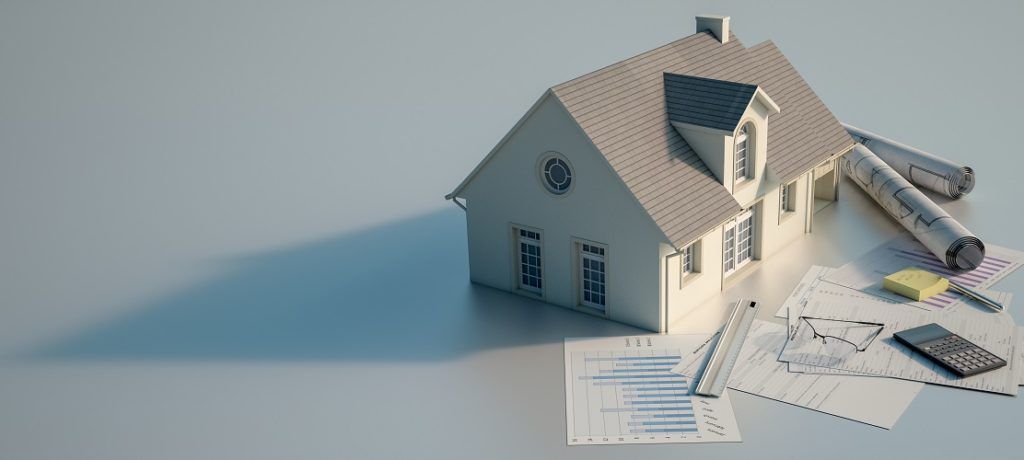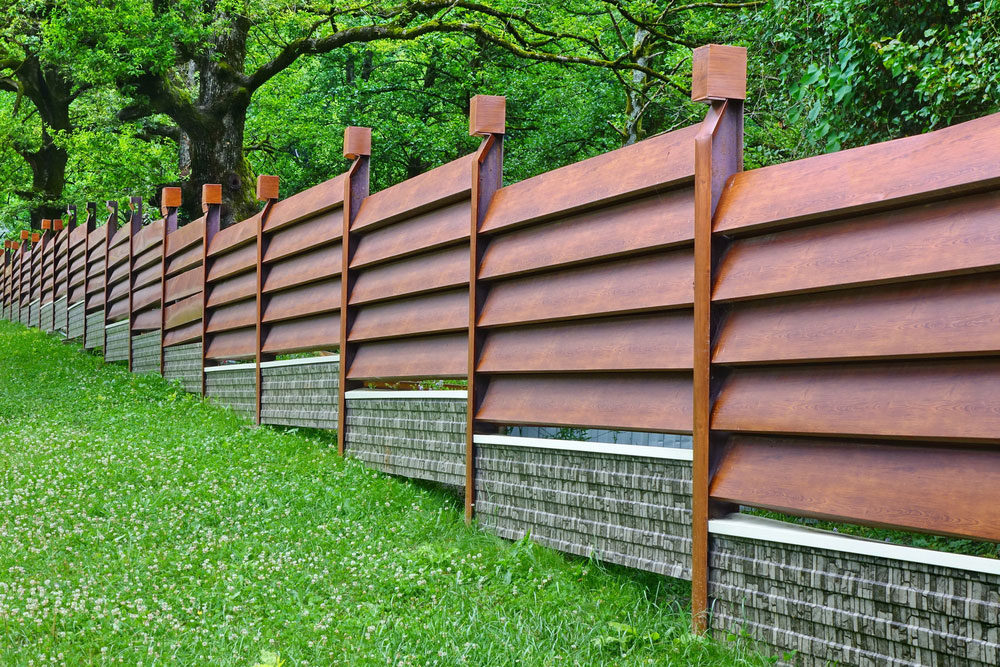The Evolution of News House Layouts and Workflows
The media landscape is in constant flux, driven by technological advancements and shifting viewer expectations. This dynamic environment has profoundly impacted the evolution of news house layouts and workflows, transforming how news houses operate and present information. As news organizations adapt to these changes, understanding these transformations offers insight into the future of media facilities.
Changing Layouts and Workflows in Modern News Houses
The changing layouts and workflows in modern news houses reflect the broader technological and societal shifts. Traditionally, news houses were designed with a rigid, compartmentalized layout, where various departments operated in silos. Newsrooms were often large open spaces with rows of desks, while production areas and editing suites were distinct and separate.
Today’s news houses, however, embrace more fluid and flexible designs. The integration of digital technology and multimedia platforms has necessitated a shift towards open, collaborative spaces. This design approach fosters real-time communication and teamwork, crucial for the rapid news cycle. Newsrooms are now equipped with advanced workstations and interactive screens that facilitate the seamless flow of information and support the creation of multimedia content.
How News House Design and Workflow Have Evolved
How news house design and workflow have evolved can be seen in several key areas:
- Integration of Technology: Modern news houses incorporate cutting-edge technology to streamline operations and enhance productivity. The integration of digital tools and platforms has led to a more interconnected workflow. For instance, automated content management systems and cloud-based solutions enable journalists to collaborate across different locations in real time. This technological shift has made it possible to produce, edit, and distribute news content more efficiently.
- Emphasis on Flexibility: Contemporary news house layouts prioritize flexibility. Workspaces are designed to be adaptable, accommodating changing team sizes and workflows. Modular furniture and movable partitions allow for the reconfiguration of spaces to meet the needs of different projects and events. This flexibility is crucial for adapting to the fast-paced nature of news production and the need to quickly respond to breaking stories.
- Enhanced Collaboration: Trends in news house layouts and operational workflows highlight a growing emphasis on collaboration. Modern news houses often feature open-plan areas, where journalists, editors, and producers work side by side. This layout fosters spontaneous interactions and brainstorming sessions, which are essential for generating innovative story ideas and ensuring cohesive coverage. Additionally, dedicated collaboration zones and meeting rooms are integrated into the design to support team discussions and strategy sessions.
- Focus on Audience Engagement: The evolution of news house workflows is also driven by the need to engage audiences more effectively. News houses are incorporating multimedia elements into their layouts, such as video production studios, interactive graphics areas, and social media monitoring hubs. These spaces are designed to produce content that resonates with audiences across various platforms, including television, digital, and social media.
- Sustainability Considerations: Another significant trend is the integration of sustainable practices into news house design. Eco-friendly materials, energy-efficient systems, and green building certifications are becoming standard in modern news houses. This focus on sustainability reflects a broader commitment to environmental responsibility and aligns with the values of today’s environmentally conscious audience.
The Future of News House Layouts and Workflows
Looking ahead, the evolution of news house layouts and workflows will likely continue to be influenced by emerging technologies and changing industry needs. The rise of artificial intelligence, augmented reality, and other advanced technologies promises to further reshape how news houses operate. These innovations may lead to the development of even more dynamic and interactive work environments, where data-driven insights and immersive storytelling techniques become central to news production.
Furthermore, as remote work and digital collaboration become increasingly prevalent, news houses may adopt hybrid models that combine physical and virtual workspaces. This approach will allow news organizations to leverage global talent and respond to news events in real time, regardless of location.
Conclusion
In summary, the changing layouts and workflows in modern news houses underscore a broader transformation in the media industry. The shift towards more flexible, technology-driven, and collaborative environments reflects the evolving demands of news production and audience engagement. By understanding how news house design and workflow have evolved, stakeholders can better anticipate future trends and continue to innovate in the design and operation of news facilities. As the media landscape continues to evolve, so too will the spaces where news is created, ensuring that news houses remain at the forefront of delivering timely and relevant information to audiences worldwide.



